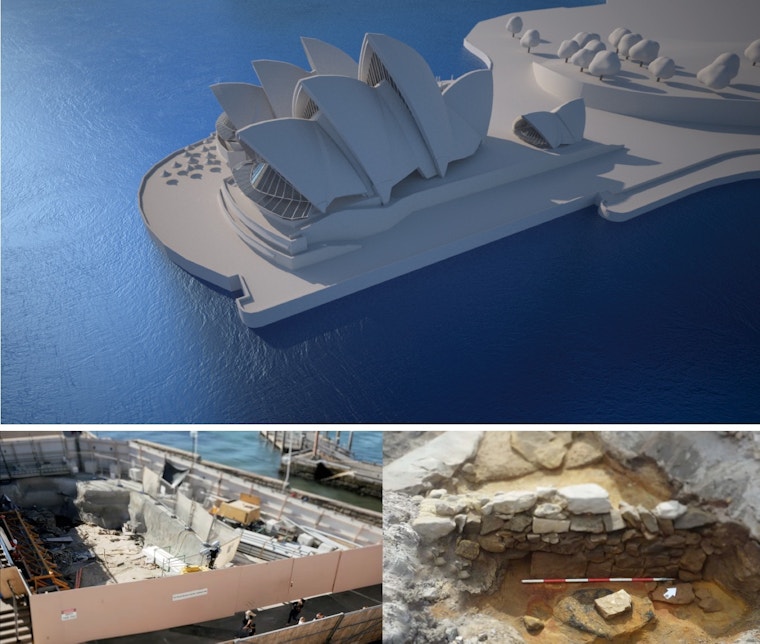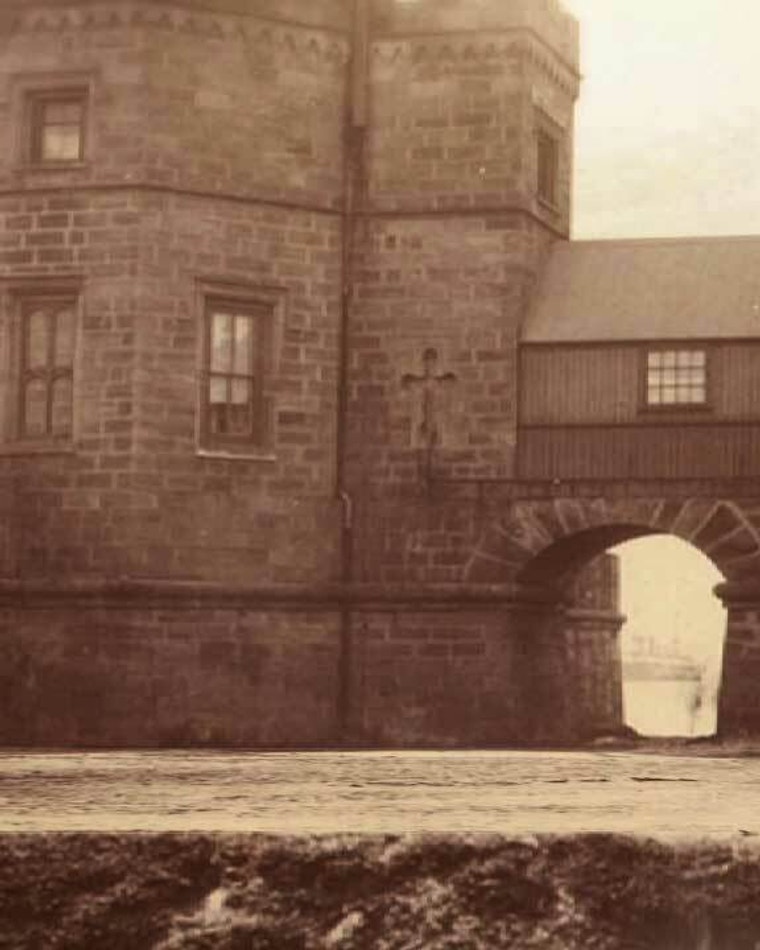Bennelong Point’s past was revealed as seawall remnants, a sewerage outlet, wharf steps and limestone pits were discovered. ‘Sydney Opera House: Revealing Archaeology’ was published on the Sydney Opera House website.
Like so many interpretation projects, it was a collaborative effort. Art of Multimedia’s in-house team enjoyed the creative challenge of seeing a film such as this produced to a high standard. In this case, this team was extended through external collaborations; the script was written by 3D Projects, and the narrative and the visual assets were all based on information thoroughly researched by the archeologists GML Heritage Consultants. This included historical records, paintings, photographs, a newspaper article from 1889 and the recently uncovered evidence, which was scanned and documented.
AOM were thrilled to be involved in such a fascinating project, and used some creative effects to help the viewer step into and connect with the stories which recreate the history of Bennelong Point.

Techniques such as 3D camera projection allowed us to create virtual camera moves through 2D scenes. Subtle animations and compositing breathed dimension and life into static archival photography. These creative techniques help to reveal Bennelong Point’s significance in the history of colonial Sydney which began with the creation of crude lime pits dating from the early 1800s, where shells from Aboriginal shell middens were used to make limeslate – an important construction element in the early buildings of the city.
Other archaeological finds uncovered include a sandstone wall footing, most likely a part of the previous Fort Macquarie, and building walls and steps from the tram and ferry interchange that were demolished to make way for the construction of the Sydney Opera House in the 1950s.
AOM created a 3D flyover of the excavation site from the 3D scan data supplied by archaeologists, to provide audiences with otherwise inaccessible insight into these captivating discoveries.
“Interpretation projects are becoming more sophisticated. We can bring static imagery to life to create engaging and interesting stories that support the available historical evidence. Capturing and presenting our history and culture is an extremely important responsibility, and it’s wonderful to know the ‘Sydney Opera House: Revealing archaeology’ video plays a hand in that.”
Beata Kade, Managing Director, AOM


